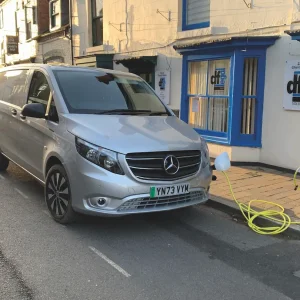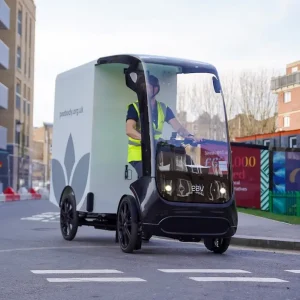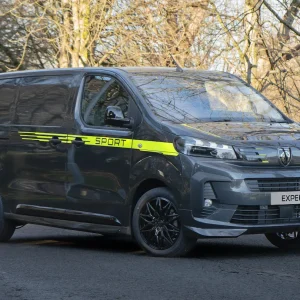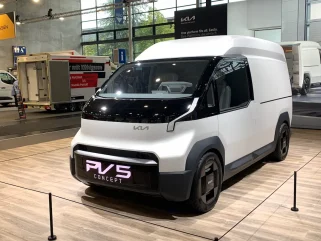
Kia gave European debuts to concept versions of its PV5 compact to medium-sized van and PV7 medium van at the IAA.
The PV5 will be the first to come to market in the UK in November 2025 followed by the PV7 two years later, according to Kia. The brand describes the former as being 30% larger than a Volkswagen Caddy, with load volumes spanning from about 4.2m3 to 5.1m3, while it says the latter will start from the same size as a Volkswagen Transporter or Ford Transit Custom but have the flexibility to carry larger loads.
The PV5 will be available as a panel van, chassis cab and people carrier. The PV7 will target the logistics and shuttle service sectors.
Kia says customers’ priorities are to have sufficient load space for their needs as well as the ability to access inner city low-emission zones without facing charges.
“They have to access everywhere,” said Pierre-Martin Bos, PBV (Platform Beyond Vehicles) director for Kia Europe.
He claimed Kia’s research indicated that customer demand is strongest for vans below 3.5-tonnes.
“‘Big’ big vans are less attractive in terms of what customers are asking for,” he said.
He claimed customers wanted to maximise load-carrying capacity without increasing TCO (total cost of ownership).
“We must balance payload and range [and] want to be the best in class up to 3.5-tonnes,” he said.
Kia is aiming to compete with both BEV and diesel van manufacturers when it enters the LCV sector.
“We want to target the full segment, including ICE,” said Bos.
In order to do so, Kia will need to have a strong retail operation in place and it is aiming to recruit a network of up to 60 specialist PBV outlets by the end of 2024.
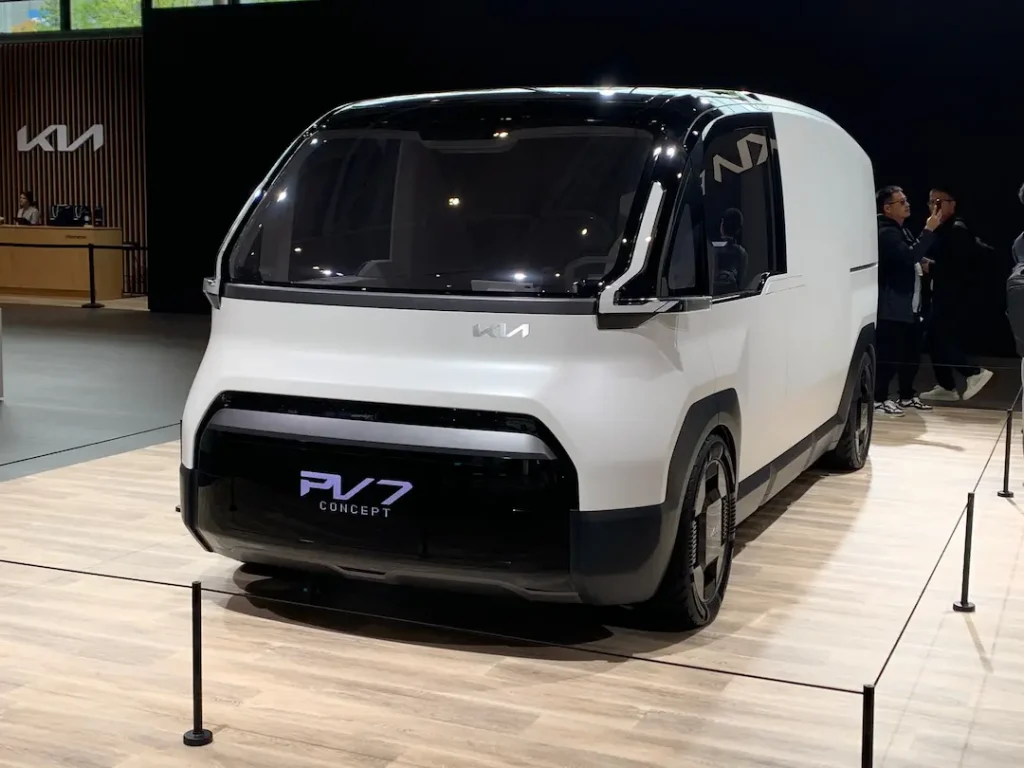
Marc Hedrich, CEO of Kia Europe, claimed the brand’s decision to enter the electric LCV market was taken several years ago and was based on the growth of e-commerce, the explosion in last mile deliveries and the emergence of inner-city low emission zones.
Kia has not announced prices for the PV5 yet but Hedrich said the TCO needed to be similar to diesel competitors.
“If the [price] gap is too big the business plan won’t work,” he said.
Hedrich added clarity on legislation covering the adoption of zero-emission vehicles plus incentives, such as grants, was important to convince customers to switch to electric vans.
Hedrich declined to comment on speculation that Kia would in future introduce a smaller model, the PV3, to sit below the PV5 and PV7.
On the manufacturer’s LCV project, he said: “We’re embarking on a long journey, it will take at least 10 years.”
Kia has partnered with Geotab to supply fleet management tools and has enlisted several conversion partners, such as Petit Forestier to supply refrigerated vans, Scattaloni for bodies such as tippers and dropsides and Bott and Sortimo for internal storage systems.
Kia’s vans will be backed by a seven-year, 150,000km (93,000 mile) warranty.

